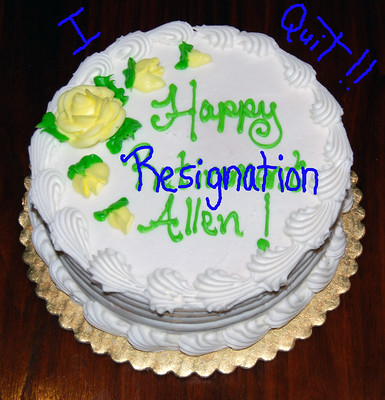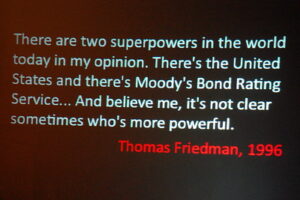A study released last week by the College and University Professional Association for Human Resources suggests that 50% of the higher education workforce may resign in the next 12 months. Higher education institutions have already been hit hard by pandemic-related job losses and a wave of retirements.
In 2020, higher education institution in the US employed nearly 3.9M people. By mid-June 2022, the size of the higher education workforce had fallen by more than 20% to 3.1M. Although this seems like an alarming drop, it could reduce the cost of (and the need for) institutional administration.
The CUPAHR study found that workers wanted better pay and remote work options. They also wanted more flexible hours, and more challenging positions or work responsibilities. Nearly 60% of respondents said they were likely to seek a new position in the next 12 months. In 2021, one out of four employees said they would move along in the next 12 months.
This isn’t great news for higher education, but it does provide an opportunity to improve and streamline business processes to minimize the impact of staff losses. Of course, there’s no guarantee that the projected staff losses will take place in the right areas.
It is clear, however, that a mid-sized community college cannot continue to carry 13, or 12 or even 10 vice presidents. Administration may make an institution efficient, but more administration does not make the institution more efficient. In fact, increasing the size of the higher education workforce almost invariably makes the institution less efficient.
Time to rethink the higher education workforce
Authentic oversight here would require the hiring unit to justify why an open position must be created, retained, or refilled. It would also require units to develop operational plans and strategies for completing the unit’s work with a smaller complement of workers. Likewise, departments should look for logical opportunities to consolidate work groups, apply technology to reduce effort, and eliminate process inefficiencies.
Authentic oversight is not a hands-off, stand-back kind of activity. It requires actual interaction, consideration, discussion, deliberation, and decision-making with an eye on the institution’s big picture. It would also mean the Board of Trustees would need to take actual control over the approval process for authorizing additions to the higher education workforce. That would require the Board to develop standards and benchmarks and perform analysis to determine whether an administration request is financially supportable and/or responsible.
We don’t have that kind of oversight at Washtenaw Community College. We have a collection of people who believe that they’ve been elected by the people to “give advice” to the WCC president.
Photo Credit: Roadside Pictures , via Flickr





















